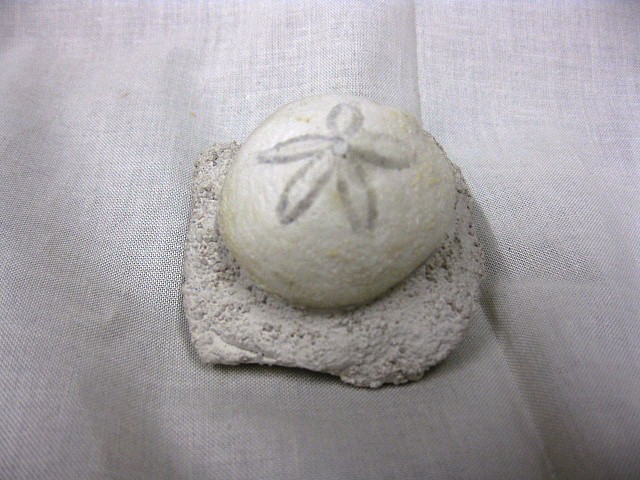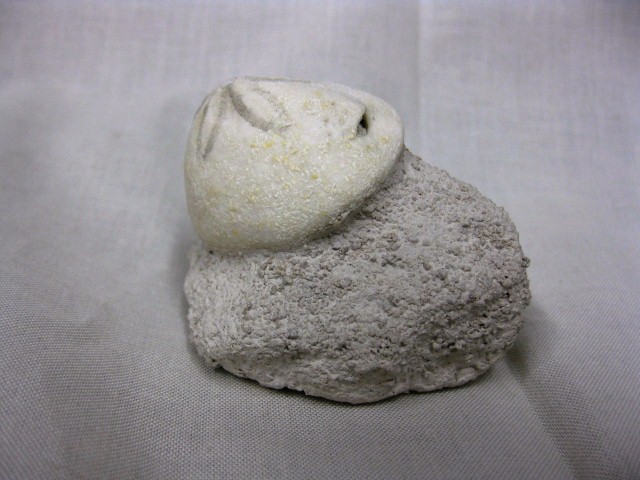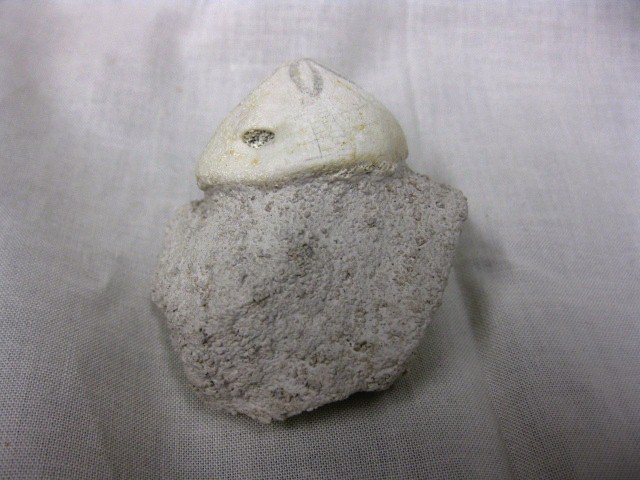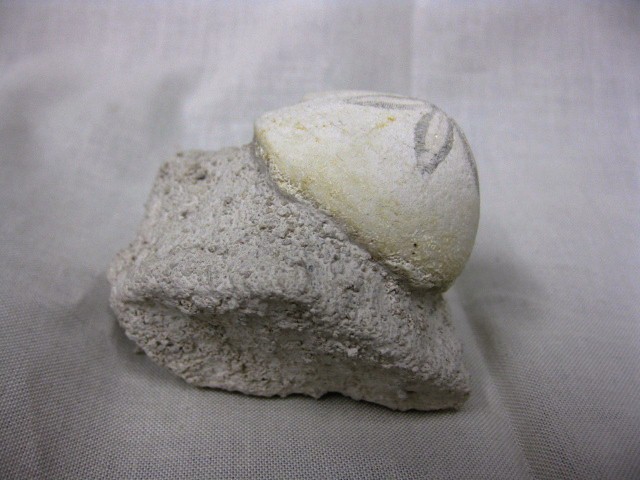Description
- Rhyncholampas gouldi
- Oligocene Age
- Ocala Limestone
- Near Ocala, Florida
- The Echinoid itself measures approx. 1 1/2″ long
Echinoids are one of the more diverse and successful echinoderm groups that includes familiar echinoderms such as the sea urchins and sand dollars. Sea urchins or urchins, archaically called sea hedgehogs, are small, spiny, globular animals that, with their close kin, such as sand dollars, constitute the class Echinoidea of the echinoderm phylum. About 950 species of echinoids inhabit all oceans from the intertidal to 5000 m deep. The shell, or “test”, of sea urchins is round and spiny, typically from 3 to 10 cm (1.2 to 3.9 in) across. Common colors include black and dull shades of green, olive, brown, purple, blue, and red. Sea urchins move slowly, and feed on mostly algae. Sea otters, starfish, wolf eels, triggerfish, and other predators hunt and feed on sea urchins. Their roe is a delicacy in many cuisines. The name “urchin” is an old word for hedgehog, which sea urchins resemble. In echinoids, the skeleton is almost always made up of tightly interlocking plates that form a rigid structure or test, in contrast with the more flexible skeletal arrangements of starfish, brittle stars, and sea cucumbers. Test shapes range from nearly globular, as in some sea urchins, to highly flattened, as in sand dollars.








